Advancing Next-Generation Geothermal Energy: Strategy Report
This report was last updated in November 2024. For our most up-to-date research on advancing geothermal energy, please see our strategy report on unleashing clean energy in the U.S.
- What is geothermal energy? Geothermal energy is heat generated deep within the Earth through natural geophysical processes. It can be used for heating and electricity generation. Geothermal power plants can supply consistent baseload power throughout the day, and some new types of geothermal power plants can potentially provide flexible, dispatchable generation and energy storage.
- How could geothermal energy reduce greenhouse gas emissions? Geothermal energy can supply carbon-free heat and electricity in place of burning fossil fuels. As a source of clean firm power, geothermal can complement wind and solar power and help diversify clean energy portfolios. We think an energy portfolio that includes geothermal energy provides a more feasible path to net-zero emissions than one based on intermittent renewables alone.
- Philanthropic support for geothermal energy - theory of change: We believe that supporting nonprofit organizations focused on next-generation geothermal technologies–such as enhanced geothermal systems (EGS) and advanced geothermal systems (AGS)–could be promising for expanding applications of geothermal energy globally. For example, we think philanthropic support for geothermal innovation—such as policy advocacy and de-risking projects to spur investment—could reduce risks for companies, catalyze more funding from traditional financing mechanisms, accelerate learning-by-doing, and drive down costs faster than the counterfactual.
- What is the cost-effectiveness of donating to nonprofits? We developed a highly subjective rough-guess cost-effectiveness analysis (CEA) to estimate the costs and effects of nonprofits’ efforts on increasing next-generation geothermal technology deployment. We have low confidence in this CEA and do not think it should be taken literally, but generally view it as a slight positive input to our overall assessment of geothermal technologies.
- What is geothermal energy’s comparative cost profile? We did a comparative analysis with nuclear advocacy by comparing estimates for the levelized cost of electricity (LCOE) for EGS and small modular reactors (SMRs) in 2050 against each other. We think EGS technologies could become more cost-competitive than SMRs in the future, but given the (1) overlapping cost estimates and (2) our belief that baseload power sources also need to be diversified, especially given that nuclear may work in contexts where geothermal does not and vice versa, we are not strongly convinced that we should persuade donors to support one technology over the other.
- Is there room for more funding? Historically, geothermal innovation has received low funding from the private sector because of its high capital costs and risks. Although there has been growing interest in geothermal energy, we think philanthropic support remains additional.
- Are there major co-benefits or adverse effects? Co-benefits include geothermal power plants’ smaller land footprint compared to other generating technologies, improved air quality compared to continued fossil fuel usage, and job opportunities for former fossil fuel workers. Adverse effects include risks of contaminated groundwater and induced seismicity for some types of geothermal systems.
- Key uncertainties and open questions: There is uncertainty on how quickly the cost of next-generation geothermal technologies will decrease with increased production. We are also concerned about potential conflicts of interest arising from the oil and gas industry's involvement in scaling geothermal.
- Bottom line / next steps: We believe increased deployment of next-generation geothermal technologies holds promise in reducing greenhouse gas emissions and requires additional funding. As part of our 2023 research process, we closely examined nonprofit organizations that support geothermal innovation, which could enhance its expansion in the US and abroad. We think the following approaches used by nonprofits are especially promising for expanding geothermal globally: (1) advocating for policies that support geothermal energy research, development, and deployment in the US; (2) de-risking early-stage deployment of next-generation technologies to spur additional investment. Ultimately, we classified Project Innerspace and Clean Air Task Force, both advocates of geothermal technologies, as top recommendations in 2023.
Support Our Work
Giving Green Fund
One fund. Global impact. One hundred percent of your gift supports a portfolio of high-impact climate organizations, vetted by our research.
Best for:
Donors who want the simplest way to impact multiple climate solutions.
Top Climate Nonprofits
Meet the organizations on Giving Green’s list of high-impact nonprofits working to decarbonize our future, identified through our rigorous research.
Best for:
Donors who want to give directly and independently.
Support Our Work
We thoroughly research climate initiatives so you can give with confidence. For every $1 we receive, our work unlocks another $21 for effective climate solutions.
Best for:
Donors who want to amplify their impact through research.

.png)

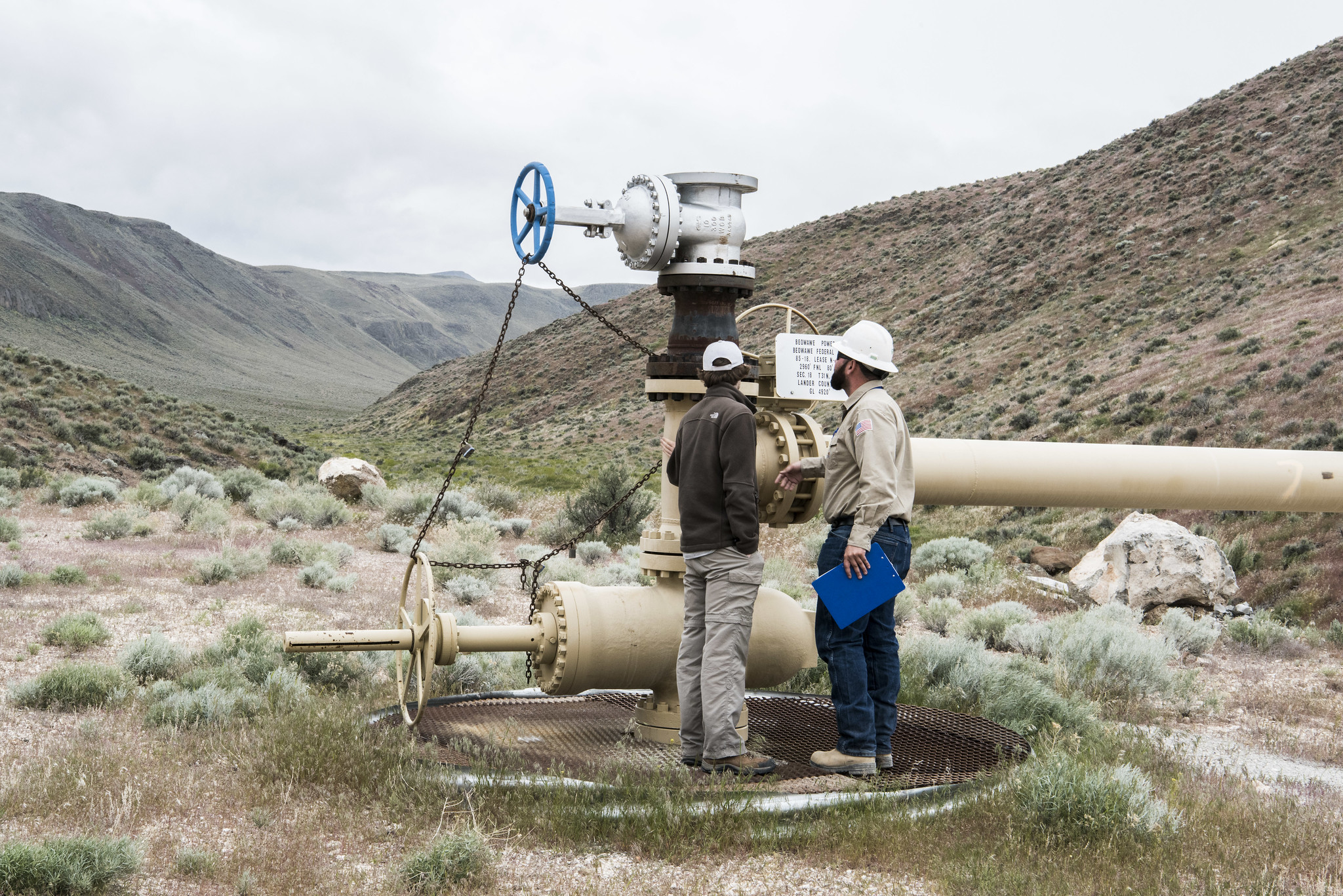
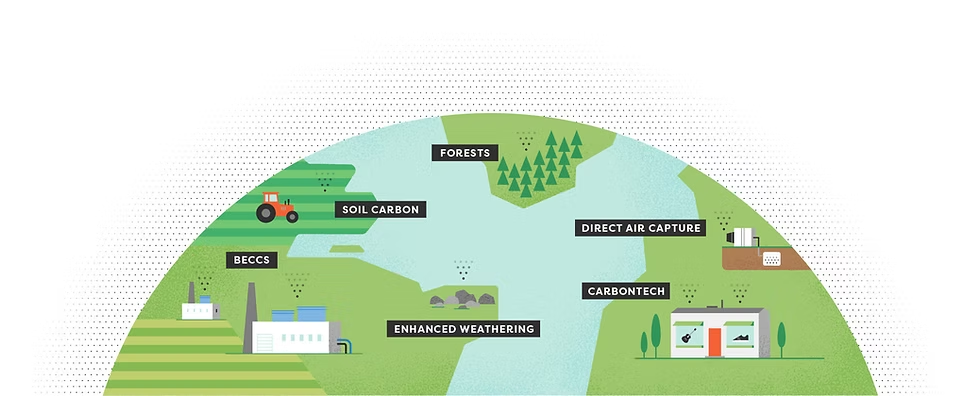
.png)

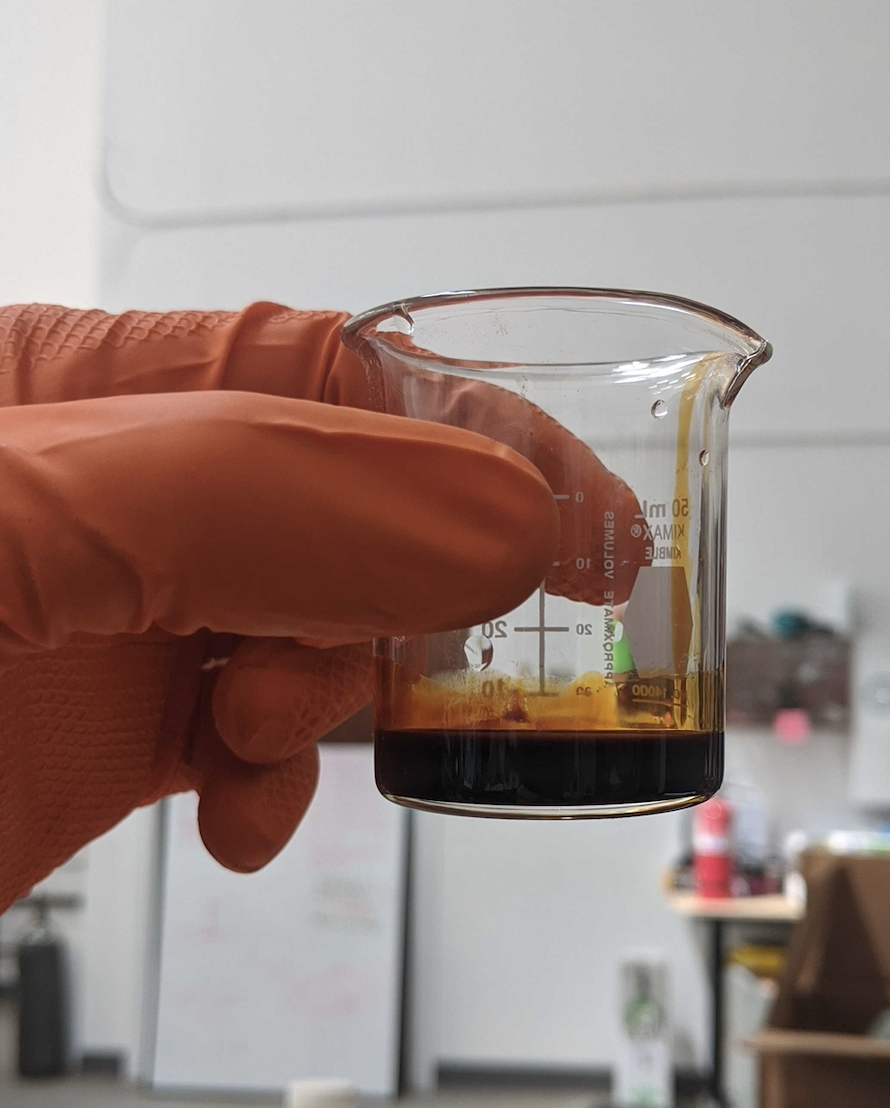

.png)




.png)


.png)
.png)






.png)
.png)



.png)


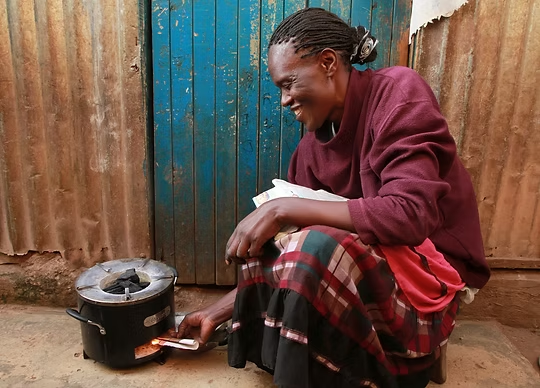
.png)
.png)
.png)

.png)
.png)
.png)
.png)
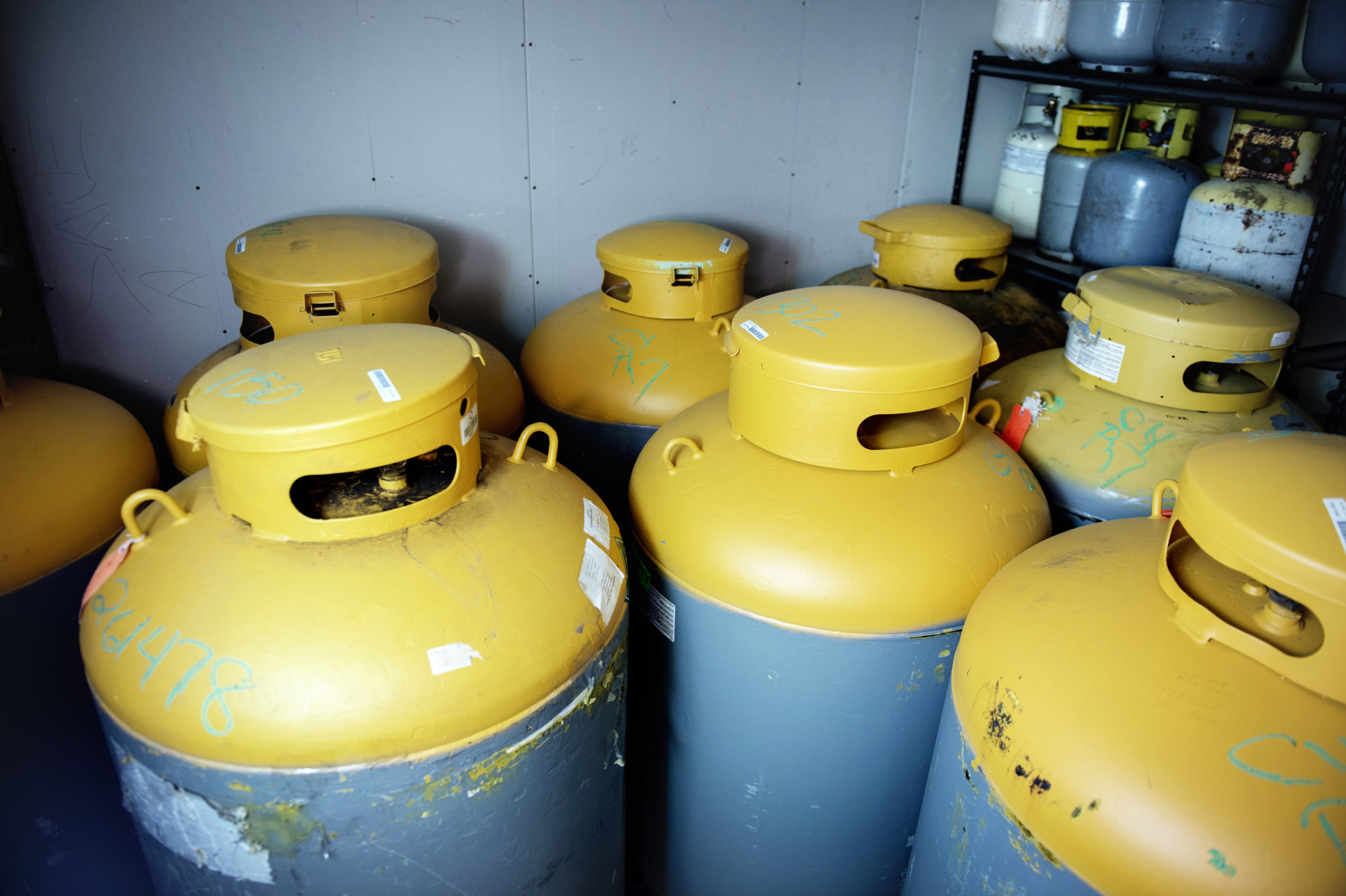
.png)
.png)
.jpg)




.png)

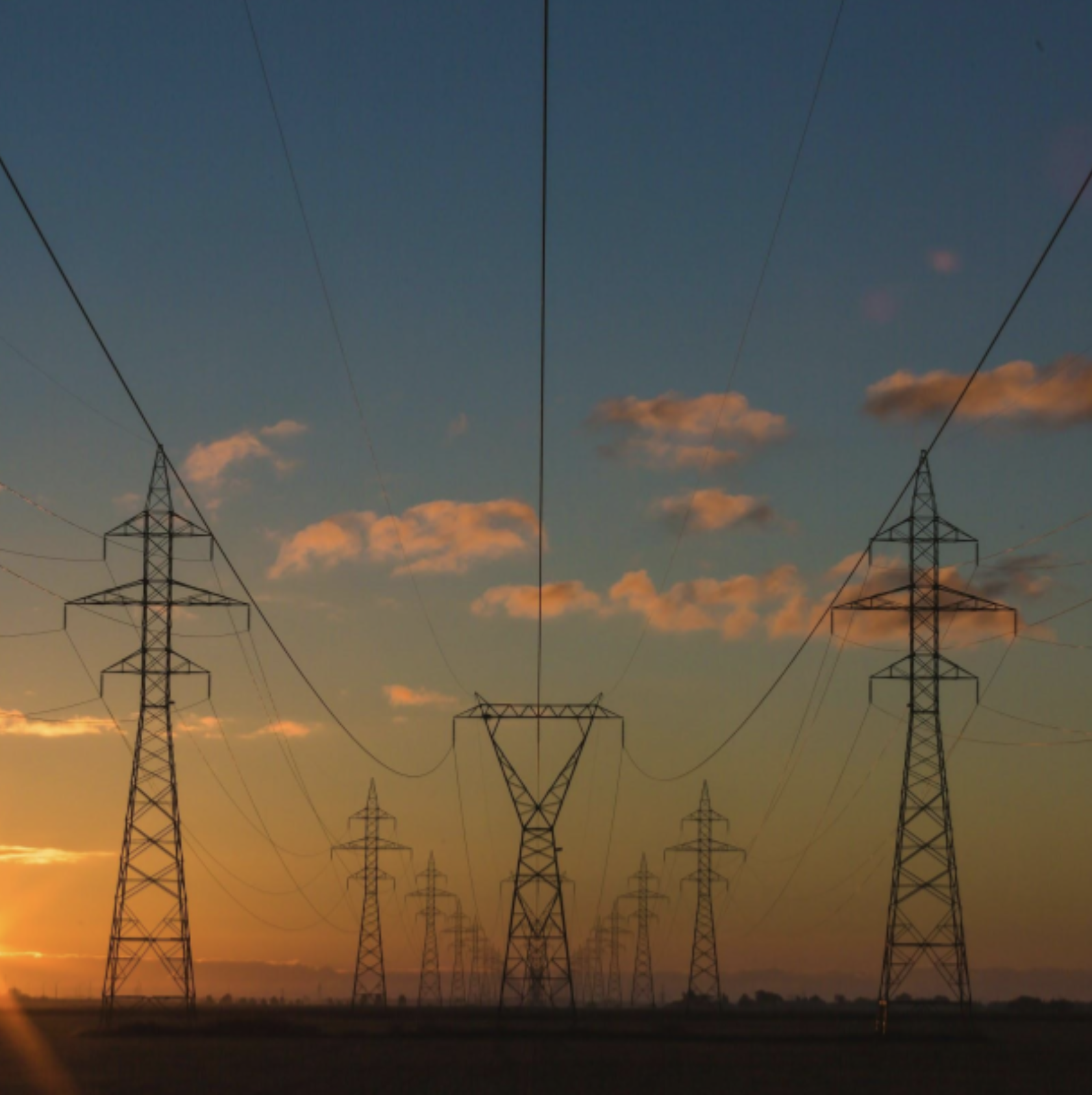






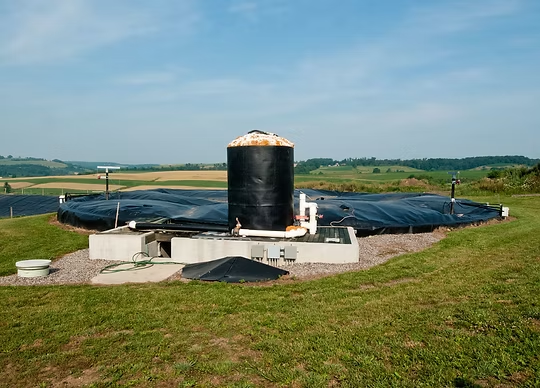
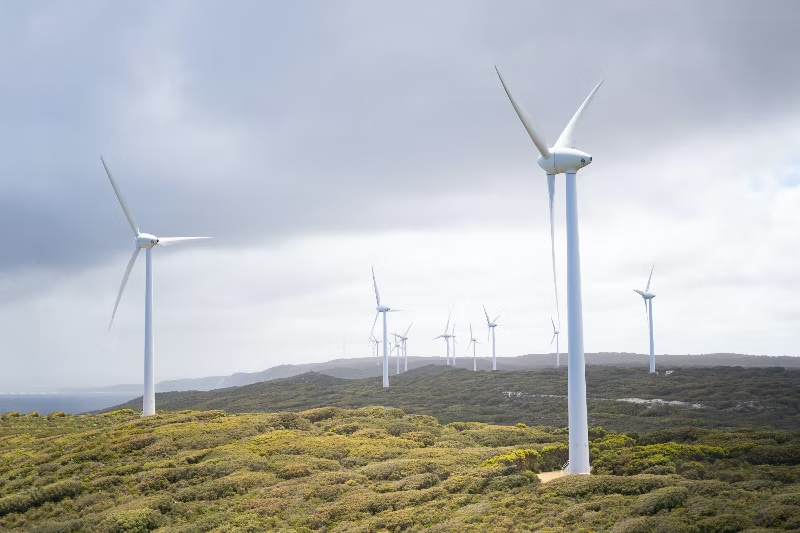
.png)
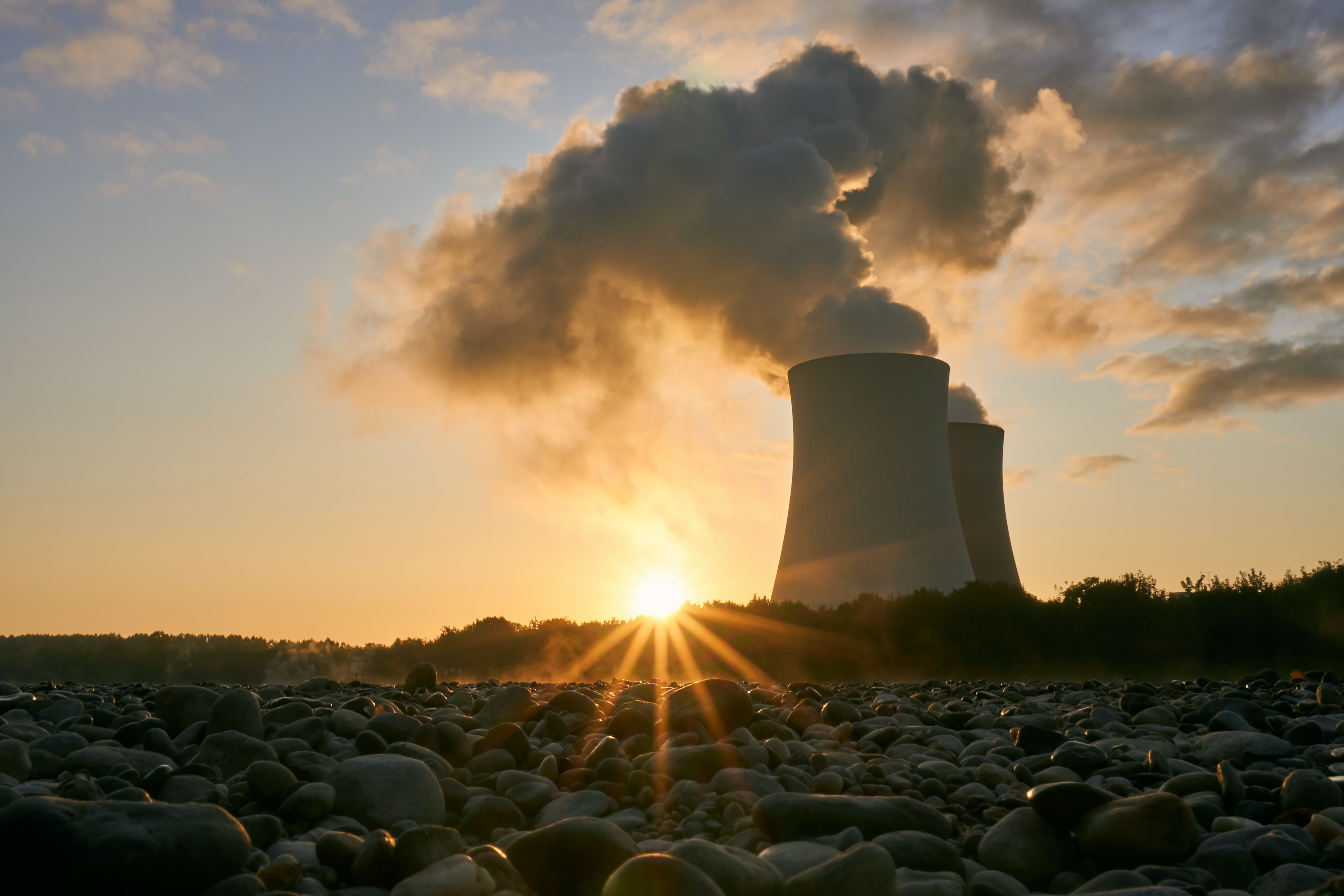
.png)


.png)

.png)
.png)


.png)

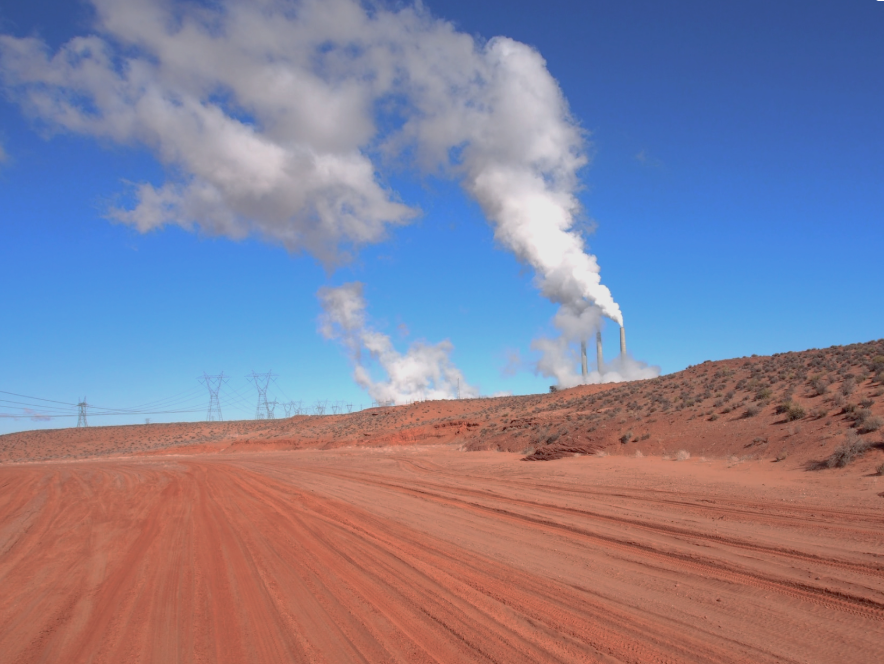

.png)
.png)
.png)

.png)
.png)
.png)
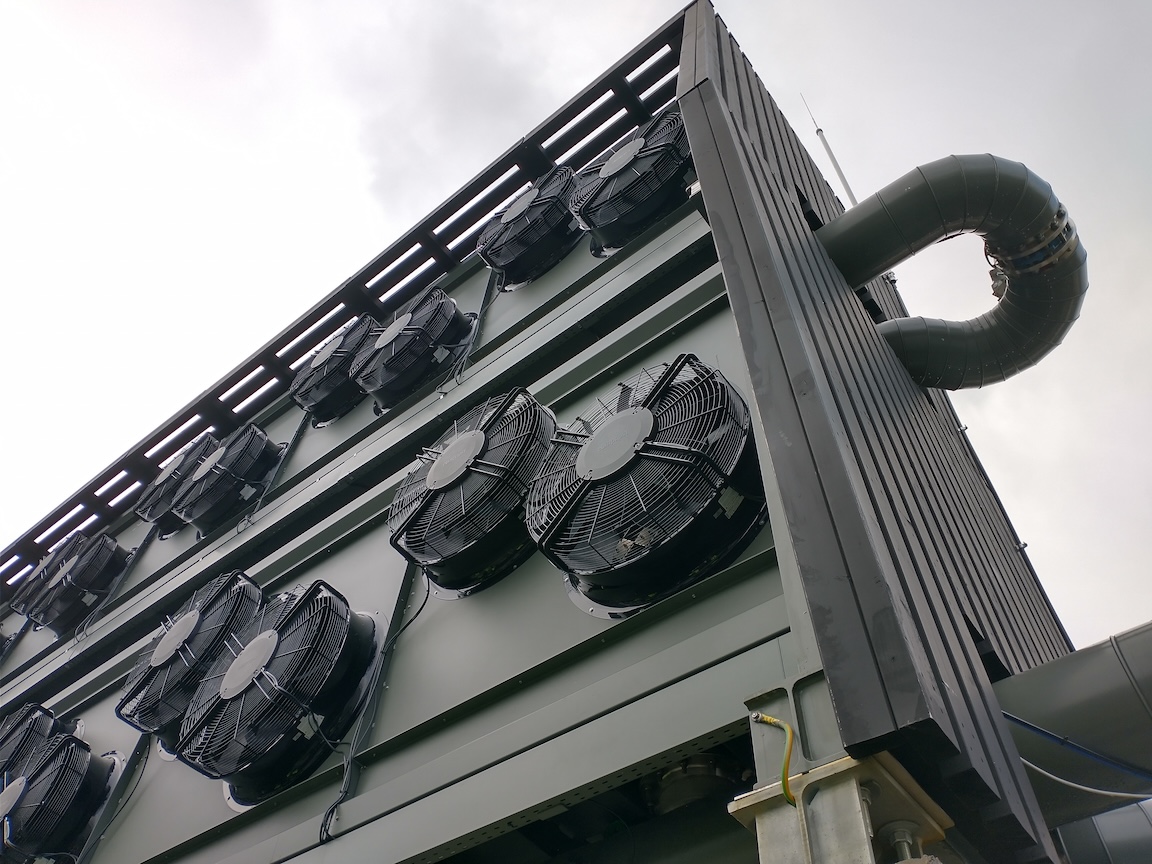
.png)
.png)


